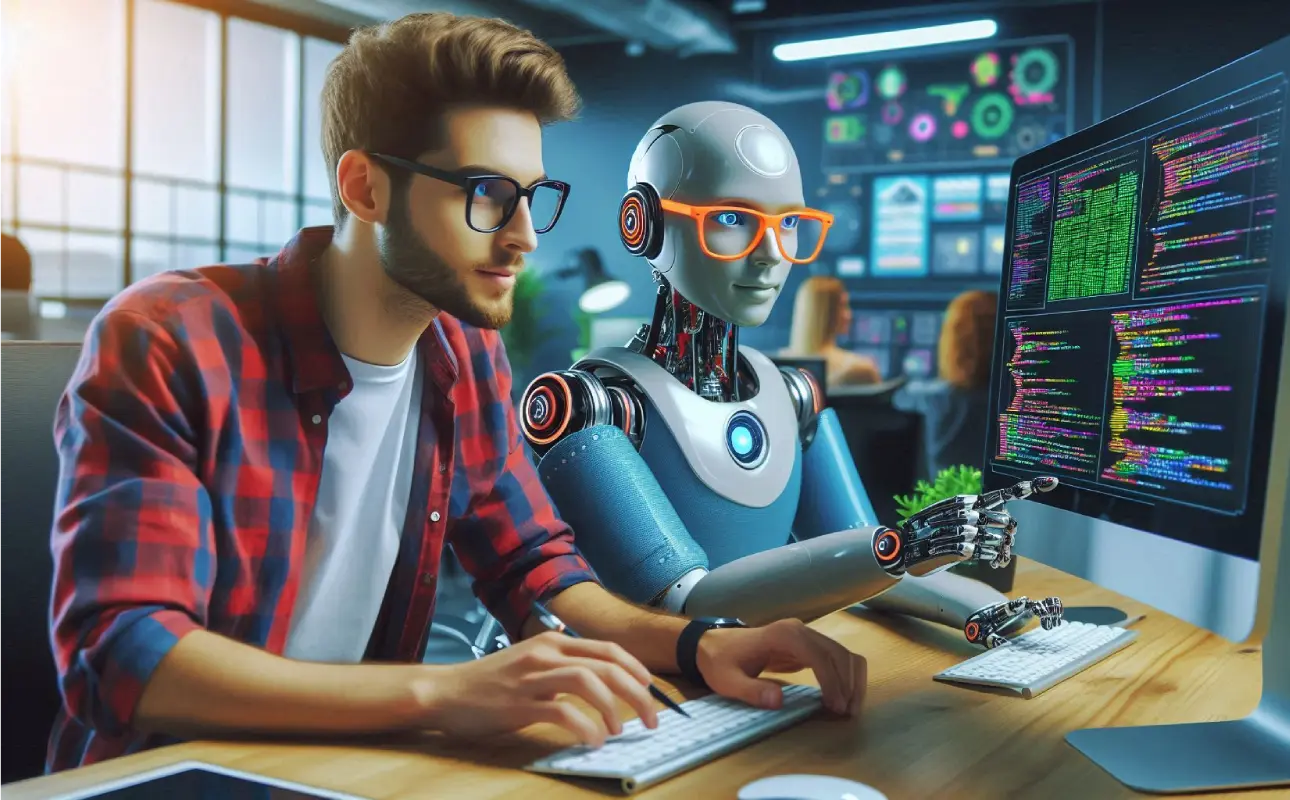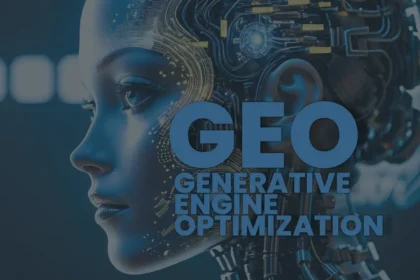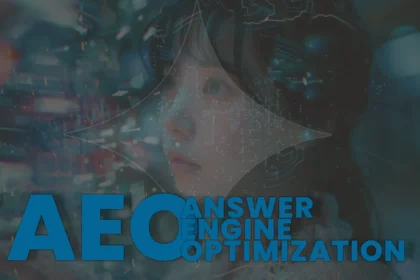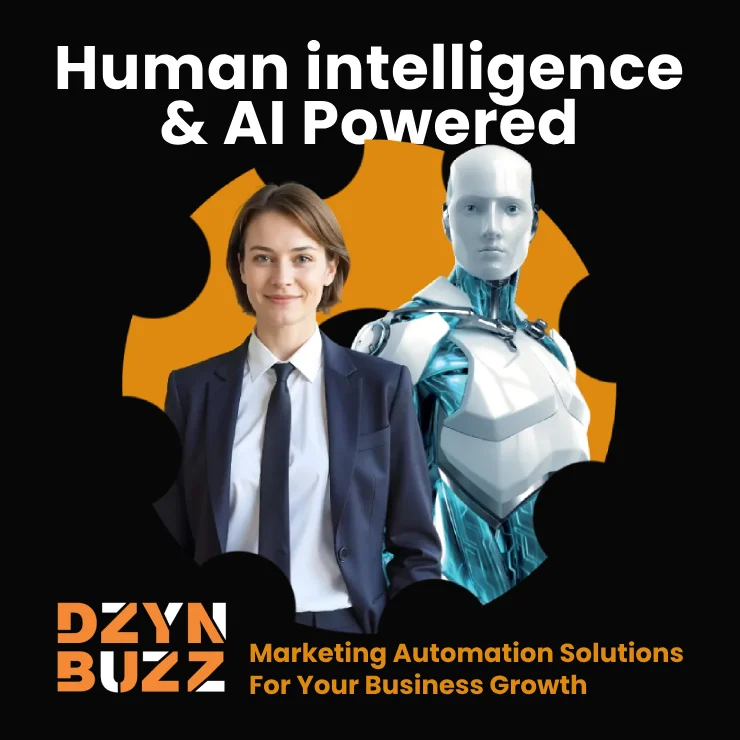AI (Artificial Intelligence) is not just powering the backend of products anymore – it’s now in the interface. From virtual assistants to predictive dashboards, AI is changing how users interact with digital platforms. So how should UX/UI designers adapt? In this blog post, we decode what it means to design for AI – where interfaces learn, evolve, and sometimes, think ahead of the user.
“Designing for AI isn’t about controlling the experience – it’s about designing for the unknown.”
What is an AI-Driven Interface?
AI interfaces go beyond static screens. They are:
- Context-aware – understand user behavior and adjust accordingly
- Predictive – suggest next actions or content before users ask
- Conversational – engage via voice, chat, or natural language
- Self-improving – learn and evolve from user interactions
Examples:
- Google Assistant suggesting reminders
- Spotify auto-generating playlists based on mood
- Netflix predicting content thumbnails you’re most likely to click
How UX/UI Must Evolve for AI
| Traditional UX/ UI | AI-Driven UX/ UI |
|---|---|
| Fixed navigation | Dynamic pathways based on intent |
| Standard input-output | Natural language, gestures, voice |
| One-size-fits-all flows | Personalized experiences for each user |
| Manual decision-making | Predictive suggestions, auto-complete |
Designers must now think about:
- Micro-interactions that adjust in real time
- Feedback loops that help AI learn
- Trust-building elements (users must feel in control despite automation)
Key Design Principles for AI Interfaces
- Transparency: Make AI decisions visible. E.g., “We recommended this because…”
- Explainability: Let users understand why something is shown
- Fallback Mechanisms: Always offer a manual override
- Progressive Disclosure: Don’t overwhelm with too much AI assistance at once
- Bias Awareness: Test across demographics to avoid skewed results
61% of users say they trust AI more when they understand how it works
– (PwC, 2024)
The Role of Feedback Loops
Design for continuous learning. Allow users to:
- Rate AI suggestions
- Correct actions
- Provide preferences
This trains the system while giving users a sense of control.
Human-AI Collaboration in Design Tools
Designers themselves now use AI-powered tools:
- Figma AI for layout suggestions
- Uizard for wireframe generation
- Runway for generative video prototypes
- ChatGPT + Framer for content + code handoff
These tools speed up ideation but still need human intuition to deliver usable, meaningful products.
Real-World Example: E-commerce Platform
An online store redesign used AI to personalize homepage content based on:
- Shopping history
- Time of day
- Geo-location
Result?
- 30% increase in average session time
- 22% uplift in conversions
UX strategy focused on giving users options before they searched, without ever removing their control.
The Future: Adaptive, Ethical, Invisible
AI interfaces will soon:
- Anticipate needs before you type
- Offer emotion-aware responses
- Operate invisibly in the background
Designers must champion ethics, consent, and user autonomy as these interfaces evolve.
Remember: Just because AI can do something doesn’t mean it should.
Conclusion
Designing for AI isn’t just a technical challenge, it’s a mindset shift. UX/ UI is becoming fluid, predictive, and personalized. As designers, our role is to orchestrate these smart systems with empathy, clarity, and responsibility.
At DzynBuzz, we specialize in AI-aware design systems that elevate both user experience and business results.
Want to future-proof your product with smart, ethical design? Get in touch today →













